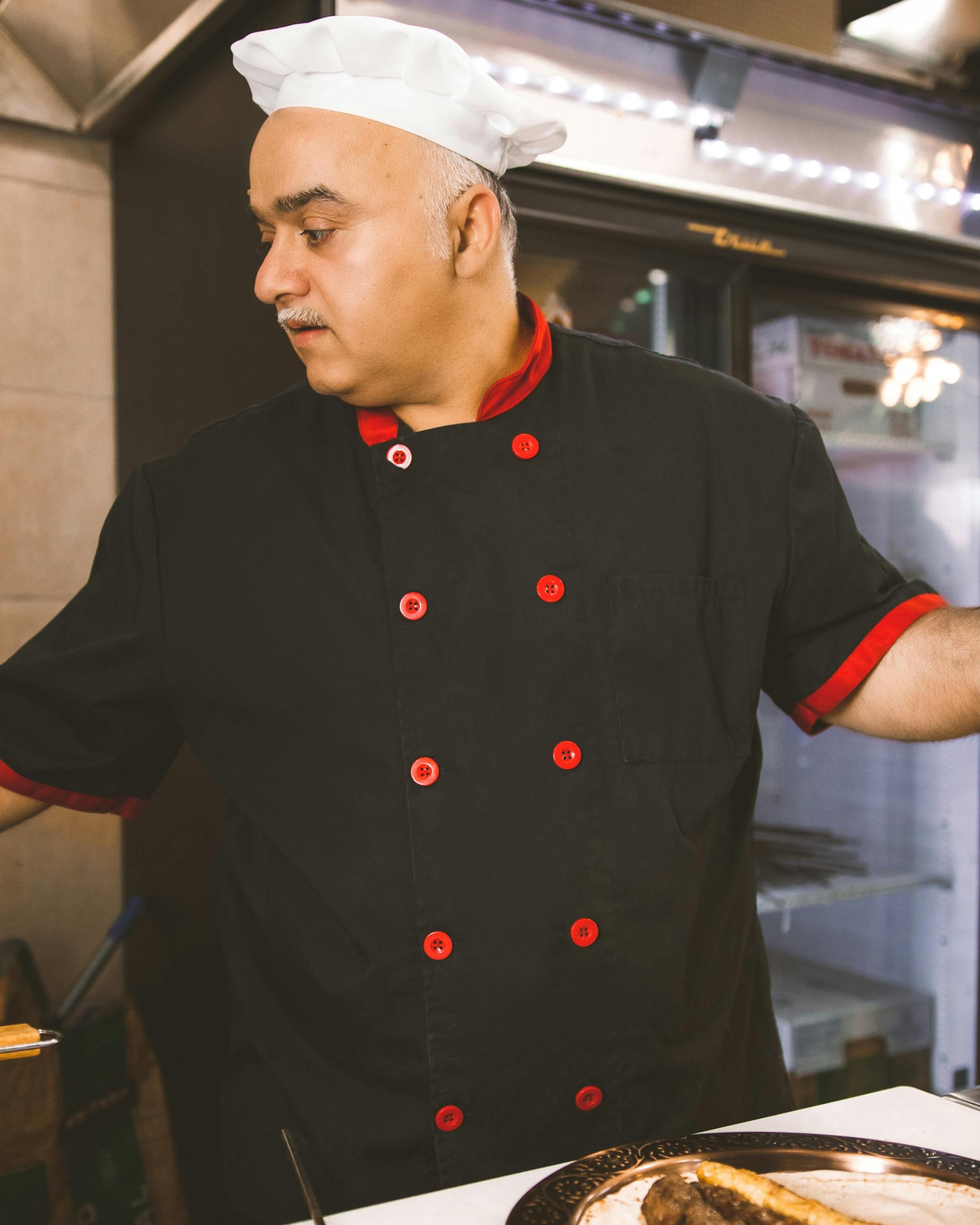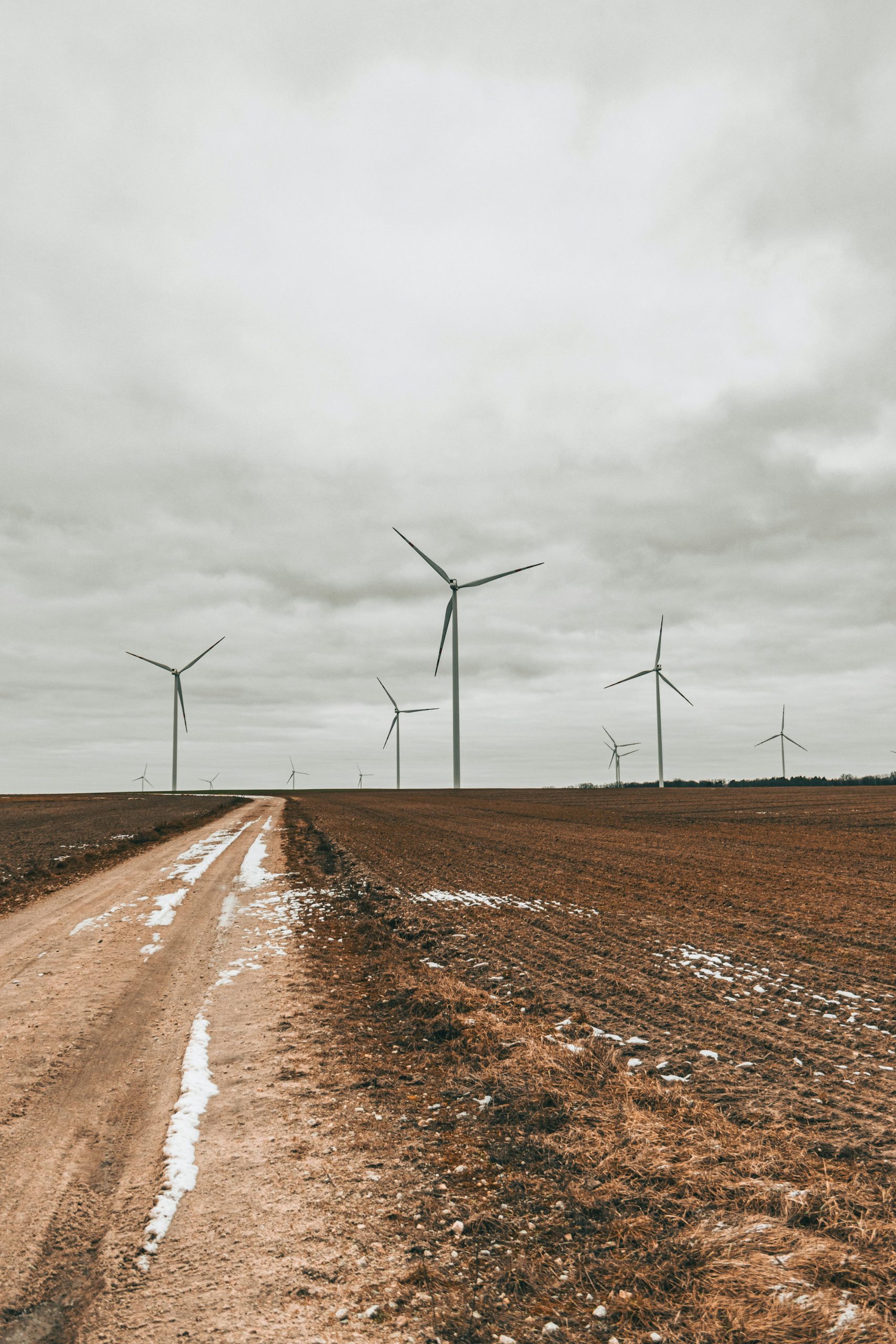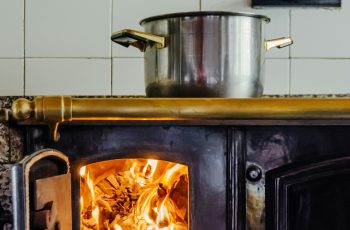Ad Blocker Detected
Our website is made possible by displaying online advertisements to our visitors. Please consider supporting us by disabling your ad blocker.
If you’re new to using an electric pressure cooker, it’s important to know the basics of how to use it safely. Electric pressure cookers have gained popularity in recent years for their ability to cook meals quickly and effortlessly. However, if not used properly, they can pose some risks. In this article, we will provide you with a guide on how to use an electric pressure cooker safely, so you can enjoy delicious meals while avoiding any potential mishaps.
Choosing the Right Cooker
When it comes to choosing the right cooker, there are a few things you need to consider. First and foremost, you should think about the size of the cooker. You want to make sure that it can accommodate the amount of food you typically cook. If you have a larger family or often entertain guests, you may want to opt for a larger cooker. On the other hand, if you live alone or have limited space in your kitchen, a smaller cooker might be more suitable.
Another important consideration when selecting a cooker is the safety features it offers. Look for cookers that have built-in safety features such as pressure release valves, safety locks, and overheating protection. These features will give you peace of mind while using the cooker and help prevent accidents or mishaps in the kitchen.
Lastly, it’s essential to research different brands before making a final decision. Read reviews from other users to get an idea of the quality and reliability of different cooker brands. Consider factors such as customer support, warranty, and overall reputation. By doing your due diligence, you can ensure that you invest in a cooker that meets your needs and will last for years to come.
Reading the Manual
Once you’ve chosen the right cooker for your needs, it’s time to familiarize yourself with its operation. The instruction manual is your best friend when it comes to understanding how to use the cooker safely and effectively. Take the time to read the manual thoroughly before attempting to use the cooker for the first time.
Start by reading the instruction manual from cover to cover. Pay close attention to any warnings or precautions mentioned. Each cooker is unique, and there may be specific instructions or guidelines that you need to follow to ensure proper usage.
Next, familiarize yourself with the cooker parts. The manual should include a diagram or description of each component of the cooker. Take the time to identify each part and understand its function. This will come in handy when it’s time to clean or troubleshoot the cooker.
Lastly, make sure you fully understand the safety precautions outlined in the manual. This includes information on how to safely release pressure, how to avoid steam burns, and other important safety guidelines. By familiarizing yourself with these precautions, you can ensure that you use the cooker in a safe and responsible manner.

Preparation and Setup
Before you start using your pressure cooker, it’s crucial to inspect it thoroughly. Check for any damages or defects that could affect its performance or safety. Look for cracks, dents, or loose parts. If you notice any issues, contact the manufacturer for further instructions or assistance.
Proper venting is essential for the pressure cooker to function correctly. Ensure that the vent pipe is clear and free of any debris or obstructions. A blocked vent pipe can cause pressure to build up excessively and lead to dangerous situations. Take the time to clean the vent pipe if necessary, following the manufacturer’s instructions.
Additionally, check the sealing ring to ensure it is clean and in good condition. The sealing ring is responsible for creating a tight seal, preventing steam or pressure from escaping during cooking. If the sealing ring is worn out or damaged, it may need to be replaced. Refer to the manual for instructions on how to remove and replace the sealing ring, if necessary.
Using the Cooker
When using an electric pressure cooker, there are a few important things to keep in mind. First and foremost, always ensure you add sufficient liquid to the cooker before starting the cooking process. The liquid is necessary to create the steam that builds up pressure inside the cooker. Without enough liquid, the cooker may not reach the desired pressure and may not cook your food properly.
Layering ingredients appropriately is another key aspect of using a pressure cooker. Some ingredients cook faster than others, so it’s important to layer them accordingly to ensure even cooking. For example, place vegetables that cook quickly on top of meat that requires longer cooking times. This will help ensure that all ingredients are cooked to perfection.
As tempting as it may be, avoid overfilling the pressure cooker. Most cookers have a maximum fill line that you should not exceed. Overfilling the cooker can lead to blockages in the venting system or result in uneven cooking. Follow the manufacturer’s guidelines on how much food and liquid the cooker can safely accommodate.

Operating the Cooker
Once your ingredients are prepared and placed inside the cooker, it’s time to close and lock the lid. Make sure the lid is properly aligned and secured before starting the cooking process. This will help maintain the pressure inside the cooker and prevent any accidents or mishaps.
Setting the cooking time and pressure level is the next step. Different recipes or types of food require varying cooking times and pressure levels. Refer to your recipe or the manual for guidance on the appropriate settings. Some cookers have preset cooking programs for common dishes such as rice, stew, or soup, which can be a convenient option for quick and easy cooking.
As the cooker operates, it’s important to monitor the cooking process. Keep an eye on the pressure indicator or display to ensure that the cooker is maintaining the desired pressure. If you notice any abnormal changes or fluctuations, refer to the troubleshooting section of the manual or contact the manufacturer for assistance.
Releasing Pressure
After the cooking time is complete, it’s time to release the pressure inside the cooker. There are two methods for releasing pressure: the natural pressure release method and the quick pressure release method.
The natural pressure release method involves simply turning off the heat and allowing the pressure to decrease naturally over time. This method is suitable for foods that are delicate or may become mushy if quick pressure released.
The quick pressure release method involves manually releasing the pressure by manipulating the pressure release valve. Be extremely cautious when using this method, as the steam released can be very hot and cause burns. Always follow the manufacturer’s instructions for quick pressure release and use appropriate protective gear such as heat-resistant gloves or mitts.
Regardless of the method used, it’s important to wait for the float valve to drop before opening the cooker. The float valve is a safety feature that indicates the pressure inside the cooker has been fully released. Opening the cooker before the float valve drops may result in steam burns or other accidents.

Cleaning and Maintenance
Proper cleaning and maintenance are essential for keeping your electric pressure cooker in optimal condition. After using the cooker, unplug it and allow it to cool down before cleaning. Never attempt to clean the cooker while it is still hot or plugged in.
Start by washing the removable parts such as the sealing ring, pressure valve, and cooking pot. Use warm soapy water and a soft sponge or cloth to clean these parts. Be sure to remove any food particles or residue that may have built up during the cooking process. Rinse the parts thoroughly and allow them to air dry before reassembling the cooker.
Next, clean the cooking pot and the exterior of the cooker. Use a non-abrasive cleanser and a soft sponge or cloth to remove any stains or grease. Be careful not to scratch or damage the interior coating of the pot. Wipe down the exterior of the cooker as well to remove any spills or splatters.
Regular maintenance is also important to ensure the longevity of the pressure cooker. Inspect the cooker periodically for any signs of wear or damage. Check the sealing ring for cracks or deterioration and replace it if necessary. Follow the manufacturer’s guidelines for any other recommended maintenance tasks or inspections.
Troubleshooting
Occasionally, you may encounter some issues or problems with your electric pressure cooker. Here are a few common troubleshooting tips to help you resolve them:
-
Power and Connectivity Issues: If the cooker is not turning on or not responding, make sure it is properly connected to a power source. Check the power cord and outlet for any damages or loose connections. If the issue persists, contact the manufacturer for further assistance.
-
Food Sticking to the Pot: If you find that your food is sticking to the pot, make sure you are using enough cooking liquid and properly layering the ingredients. You may also want to consider using a non-stick cooking spray or adding a tablespoon of oil to the pot before cooking.
-
Steam Leakage Problems: If you notice steam escaping from the cooker during the cooking process, check the sealing ring for any damage or misalignment. Make sure the lid is securely locked and the vent pipe is clear. If the issue persists, contact the manufacturer for guidance.
Remember, if you encounter any issues that you are unsure how to resolve, always refer to the instruction manual or contact the manufacturer for assistance.
Safety Precautions
Using an electric pressure cooker can be safe and convenient if you follow some basic safety precautions:
-
Keep Children and Pets Away: Always keep children and pets away from the cooking area when using a pressure cooker. The hot steam and high pressure can cause serious injuries if mishandled.
-
Avoid Opening the Lid During Cooking: It is essential to resist the temptation to open the lid while the cooker is under pressure. This can lead to dangerous steam burns or other accidents. Wait until the pressure has been fully released and the float valve has dropped before opening the cooker.
-
Use Heat-Resistant Gloves: To protect yourself from potential burns or injuries, consider using heat-resistant gloves or mitts when handling the hot cooker or its components. These gloves provide an extra layer of protection against heat and steam.
By following these safety precautions, you can use your electric pressure cooker with confidence and minimize the risk of accidents or injuries.
Common Mistakes to Avoid
To ensure the safe and effective use of your electric pressure cooker, here are some common mistakes you should avoid:
-
Neglecting to Release Pressure Properly: Always follow the recommended methods for releasing pressure. Neglecting to do so can result in unexpected steam bursts or other accidents. Take the time to release pressure safely and responsibly.
-
Using Incompatible Cookware: It’s crucial to use the appropriate cookware designed for use with pressure cookers. Using incompatible cookware can lead to uneven cooking, insufficient pressure build-up, or even damage to the cooker. Stick with the recommended cookware to maximize the performance of your cooker.
-
Ignoring Maintenance and Inspection: Regular maintenance and inspection are essential to ensure the safe and efficient operation of your electric pressure cooker. Neglecting to perform these tasks can lead to deteriorating performance or potential safety hazards. Take the time to clean, inspect, and maintain your cooker as recommended by the manufacturer.
By avoiding these common mistakes, you can enjoy the benefits of using an electric pressure cooker while minimizing any potential risks.
In conclusion, using an electric pressure cooker can be a convenient and efficient way to prepare meals. By choosing the right cooker, reading the manual, properly preparing and setting up the cooker, using it correctly and safely, releasing pressure properly, and maintaining the cooker, you can have a positive and safe cooking experience. Remember to follow the provided safety precautions, avoid common mistakes, and always refer to the manufacturer’s instructions for specific guidance. Happy cooking!

